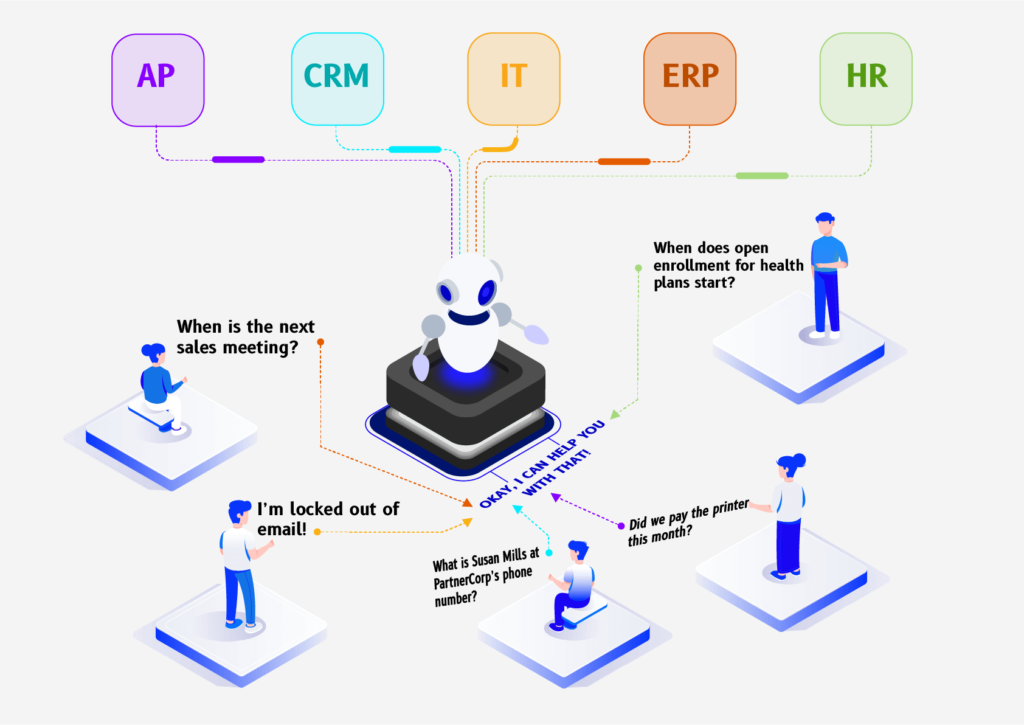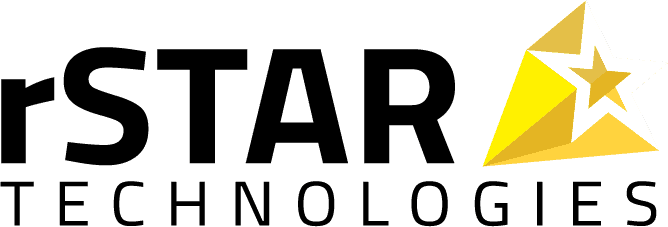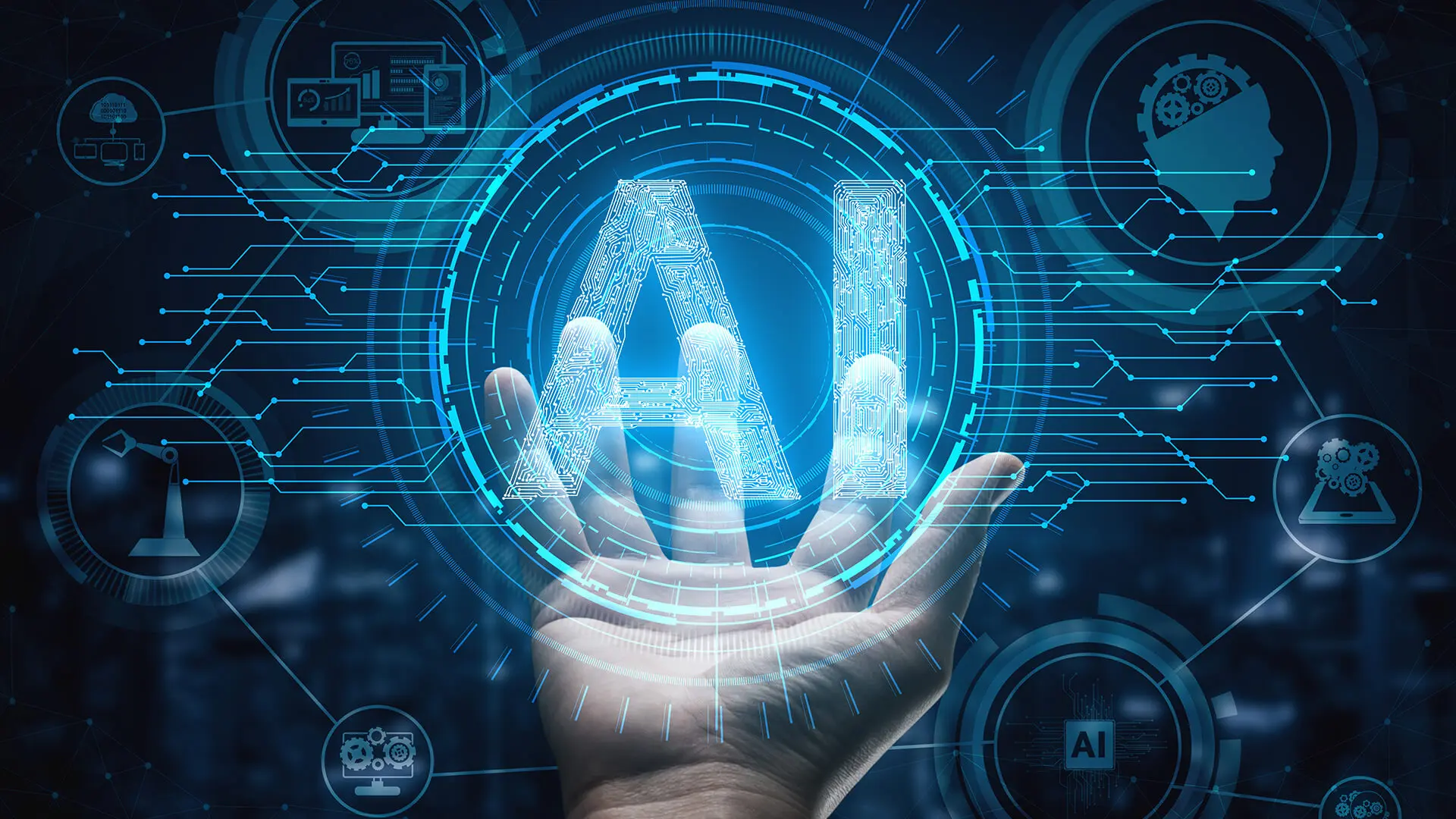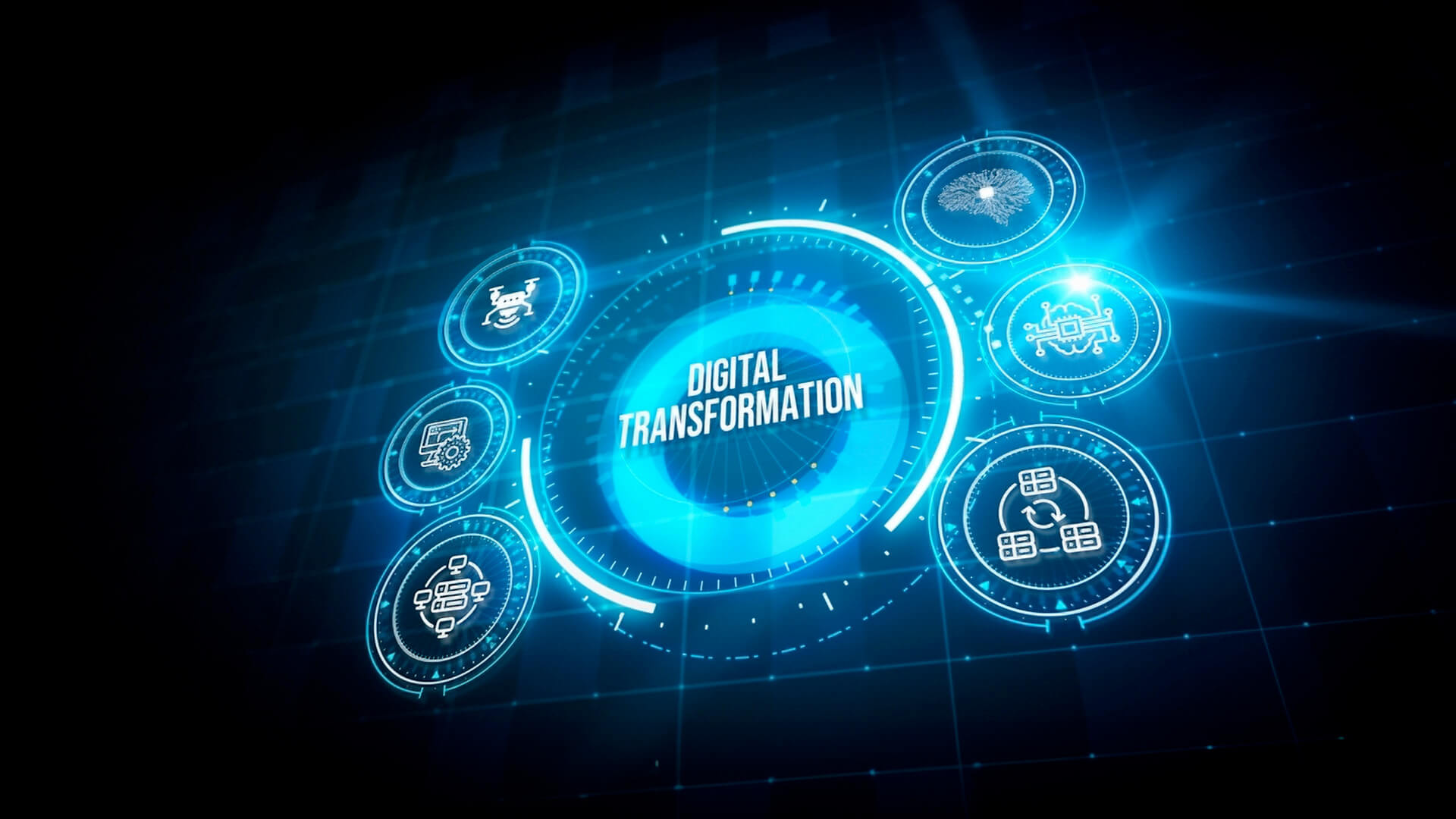The office environment we had for the last 20 or so years worked very well. Unfortunately, COVID-19 has fundamentally changed the way we’re able to bring people together, leading to a mass exodus from the physical workplace.
Table of Contents
As we head deeper into the 2020s, we can embrace this paradigm shift and refocus our efforts to enabling a decentralized workforce or we look backwards with nostalgia as employee productivity and morale slip.
Given those two options, there’s really no choice at all, right?
In this blog, we’ll explore:
- The top 3 experience gaps & challenges that harm productivity for remote employees
- How strategic AI tools like chatbots address those challenges in a productivity-boosting and cost-effective way
What New Challenges has the Transition to Remote Created?
We used to take for granted that, generally speaking, working together meant being together. Now that a business’ team is spread out over a wider geographic range, some of the conveniences and accountabilities we had don’t really work anymore.
While there are many specific small changes we could discuss, let’s zero in on three key themes:
Accessing Work Using Different Technology
Not that long ago, businesses had very tight control over how their employees accessed work databases and apps. Hardware was issued. There was the relatively closed loop of the secure internal network.
That regulated environment meant that everybody knew how to access their work and could take comfort in the consistency and structure of their routine.
Now, with fewer employees in the office than at any point in recent memory, it can feel like that safe, well-organized environment is gone. Instead of creating the best in-house experience, the work has shifted toward creating the most accessible but secure platform.
For many employees, this experience has created new gaps in the work experience. Perhaps they knew how to do their work the way they’d been trained in the office, but their natural comfort level with technology isn’t high enough to translate that experience to another machine in another location using another OS or network configuration.

No Direct Access to IT Support
Great IT practices built, enabled, and supported the productive office environment that, until recently, was working quite well. Now, those teams are increasingly physically distant from the employees they support, and that means work simply can’t be enabled to the same degree.
When support takes longer or is less clear due to the challenges of our new reality, it eats into productivity time and morale.
Less Structured Scheduling
A year or so ago, most of us would probably have said that setting your own schedule would be great. Now, many of us are learning how much the physical and communal environment of the office helped us stay on top of our work.
Now, with less of the casual chatter of the workplace in our lives, we’re no longer getting those natural, unobtrusive reminders of what we need to be focusing on or what’s happening next. For many professionals, that competitive or positive peer pressure of interfacing with colleagues has been reduced, eating away at motivation and productivity.
Increasingly, businesses are looking for ways to provide the right level of scheduling support and proactive reminders without creating a system that monitors employees to the point of injuring buy-in or morale.
How Can Employers Provide Support That Works for Everyone?
Let’s imagine the perfect, richly supported scenario. Each employee is working from their home or access point of choice, while still receiving personalized one-on-one IT, navigational, and proactive scheduling support from a personal assistant who is able to work with them in a context of total social distancing.
Sounds great but impossible, right?
Well, actually, it is possible with the right tools: AI-powered chatbots.
Why Chatbots?
Chatbots can solve common problems, empower employees to carry out self-support, and create a unified hub for all data lookup and work processes through integration with ERPs, HCMs, ITSMs, and related work applications.
Basically, the right chatbot takes the place of both a secretary and a personal IT support professional.

Create an Integrated Employee Support Hub that Unites Apps & Data
New remote professionals used to have a customized toolkit that was perfect for all their needs – it was called their work desktop. Now, they’re piecing it together at home.
Chatbots can make that experience feel much less piecemeal and much more powerful!
By simply interacting with the chatbot in a way that feels like an SMS text message, the employee can access any work application, look up any data point in storage with lightning quick speed, or find the functionality they need to get the job done in seconds.
That means there’s far less window and tab management, and time-consuming point-and-click navigation can be all but eliminated, connecting everybody with the resources and clarity they need without needing any human support.
In this way, chatbots recreate that fully integrated, productivity-boosting experience that employees were used to in the office!
Build a Digital Personal Assistant
Chatbots can also step into the role of the secretaries and personal assistants who were the lifeblood of our traditional offices.
By interacting with a chatbot in a way that feels exactly like texting or emailing a human assistant, any professional can create a meeting and push invitations to others, set up productivity reminders for themselves and members of their team, or simply check in with a centralized source of truth to confirm their assignments.
Reconnect Your Team Members with HR, Payroll, and Beyond
If you ever had a question for your HR or payroll team in the office, you simply walked down the hallway when you had a spare moment and talked to them personally. Now, that’s simply not possible, and communicating via email can lead to a long, frustrating back-and-forth.
Chatbots can bring back the responsive, satisfying experience people are used to by eliminating the need for people to connect with each other. Instead, individuals can reach out to the chatbot with payroll or HR questions and get them answered in seconds.
Learn More About Chatbots
Conversational AI technology has entered a point of critical mass just when business needs it most. Chatbots have the potential to significantly ease our transition into the new reality of a decentralized workforce and provide productivity-boosting support that will ensure everyone is just as effective in their role as they were in the self-contained office of yesterday.







